Emphysema is sometimes called lung aeration. During breathing, the bronchi bring oxygen to the lungs through increasingly smaller organs such as the segmental bronchi, bronchioles, and alveoli.
The latter are entwined with a dense network of blood vessels through which oxygen penetrates and carbon dioxide is removed – gas exchange, necessary for life, occurs.
In emphysema, the interalveolar partitions disappear: the respiratory alveoli and bronchioles are destroyed, and large emphysematous sacs are formed – they are filled with air, but no gas exchange occurs. Additionally, damage to the bronchioles causes them to collapse during exhalation so that the air taken in cannot escape. People with emphysema inhale more air than they exhale and develop pulmonary distension. Therefore, the gas exchange surface in the lungs and the ventilated area are reduced.
Pulmonary emphysema![]() is divided into primary and secondary. Primary may result from the body's genetic predisposition (including α1-antitrypsin deficiency), smoking, or excessive exposure to air pollution. Secondary, however, is a consequence of another disease, mainly bronchopneumonia.
is divided into primary and secondary. Primary may result from the body's genetic predisposition (including α1-antitrypsin deficiency), smoking, or excessive exposure to air pollution. Secondary, however, is a consequence of another disease, mainly bronchopneumonia.
Pulmonary emphysema is a separate disease. However, it usually co-occurs with chronic bronchitis. Both diseases are called chronic obstructive pulmonary disease, or COPD.
Pulmonary emphysema develops due to increased air pressure in the bronchi and bronchioles and decreased elasticity of the alveolar walls. The most common cause of emphysema is smoking![]() . Air pollution that we breathe every day is also significant. Other causes of the disease include:
. Air pollution that we breathe every day is also significant. Other causes of the disease include:
Most causes cause the disease to develop only after a long time, between 40 and 50 years old. The exception is congenital alpha-1-antitrypsin deficiency, and emphysema often appears in younger people. It is a disorder caused by a genetic mutation and may also result in liver cirrhosis and chronic pancreatitis.
The symptoms of emphysema![]() depend on the stage of the disease. Initially, the symptoms may only appear after exercise, but over time, they accompany patients even during rest. The most common are:
depend on the stage of the disease. Initially, the symptoms may only appear after exercise, but over time, they accompany patients even during rest. The most common are:

Pulmonary emphysema is rare in infants and children![]() . However, there is a possibility of congenital emphysema. It is a defect in which part of the lung is distended due to the narrowing of the bronchus by external pressure or collapse of the cartilage. In infants, it may result in severe respiratory failure and expiratory wheezing, and in older children, a more frequent occurrence of chronic cough and recurrent infections. Treatment usually requires surgical removal of the affected area.
. However, there is a possibility of congenital emphysema. It is a defect in which part of the lung is distended due to the narrowing of the bronchus by external pressure or collapse of the cartilage. In infants, it may result in severe respiratory failure and expiratory wheezing, and in older children, a more frequent occurrence of chronic cough and recurrent infections. Treatment usually requires surgical removal of the affected area.
The first test performed to diagnose emphysema is a chest X-ray![]() . If the patient has emphysema, the image shows lighter elements in the lung fields, strange flattening of the diaphragm, and sometimes emphysematous blisters. However, a diagnosis cannot be made based on an X-ray. For this purpose, it may also be necessary to perform chest computed tomography (CT)
. If the patient has emphysema, the image shows lighter elements in the lung fields, strange flattening of the diaphragm, and sometimes emphysematous blisters. However, a diagnosis cannot be made based on an X-ray. For this purpose, it may also be necessary to perform chest computed tomography (CT)![]() .
.
The following steps are also used to diagnose pulmonary emphysema:
So far, no effective treatment could reverse the changes that have already occurred. Therapy aims to stop the progression of the disease. It is particularly significant to eliminate the factors contributing to the development of emphysema, such as quitting smoking. The specialists also recommend to prevent respiratory infections whenever possible. For example, vaccinations prove helpful in this case. Moreover, regular physical exercise adapted to the patient's abilities increases lung capacity and reduces breathing problems.
Treatment for emphysema![]() includes drug therapy and physical therapy.
includes drug therapy and physical therapy.
Depending on the severity of emphysema symptoms, the treatment includes:
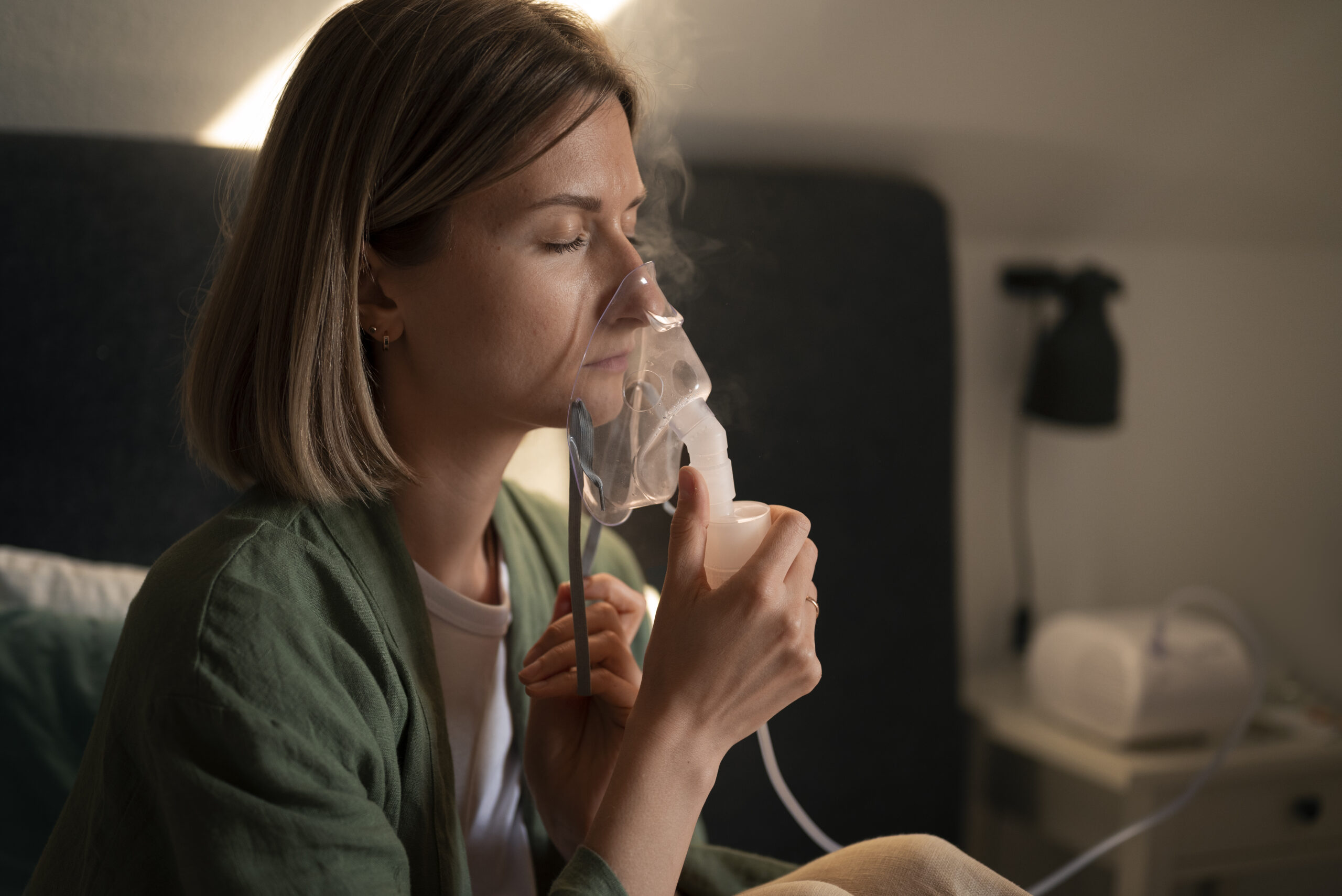
Rehabilitation![]() aims to improve the respiratory pattern and quality of life, increase the patient's activity and physical capacity, reduce anxiety, and prevent disease exacerbations. Individual goals are selected depending on motivation, the disease advancement stage, and the patient's expectations because the most important thing is an individual approach to the patient.
aims to improve the respiratory pattern and quality of life, increase the patient's activity and physical capacity, reduce anxiety, and prevent disease exacerbations. Individual goals are selected depending on motivation, the disease advancement stage, and the patient's expectations because the most important thing is an individual approach to the patient.
Physical exercise (physical training) is a component of comprehensive pulmonary rehabilitation programs because almost all patients benefit from more physical activity than they engage in daily. Continuation of training is temporarily prevented by periods of significant exacerbation of the disease that impairs respiratory system functioning and changes in the course of co-occurring diseases (e.g., heart disease), which are contraindications.
Physical exercises must be individually selected, dosed, and controlled, and the body's reaction to exercise must also be assessed. The exercise prescription must include exercise type, frequency, intensity, duration, and progression. The specialists control the intensity of the exercise by measuring the frequency of heart contractions (pulse test, ECG), blood pressure, and hemoglobin oxygen saturation, assessing the severity of shortness of breath and the subjective feeling of fatigue. You should check the coordination of your breathing with the movement you perform.
The general rule is to gradually increase the physical exercise load to a level determined to be optimal to obtain positive training effects. The specialists propose training sessions consisting of a warm-up, proper training, and a cool-down period (gradual reduction of exercise intensity). The most frequently used endurance exercises include marching, climbing stairs, Nordic walking, exercises on a bicycle ergometer, treadmill, and swimming. Functional exercises of the upper limbs, which involve training the performance of activities undertaken in everyday life, are of great importance. If it is necessary to rebuild muscle strength, resistance exercises using weights or elastic bands are used. In some cases, patients should receive oxygen during exercise.
A specific form is respiratory muscle training performed using special devices that resist the inhaled airflow.
Exercises are conducted as a component of a supervised program but must also be recommended for the patient to perform independently as part of daily physical activity.
Sometimes, the doctors use lung volume reduction surgery![]() (LVRS). The procedure involves removing the diseased, bloated, inactive part of the lung, which gives space and allows the remaining “relatively healthier” lung parts to function better.
(LVRS). The procedure involves removing the diseased, bloated, inactive part of the lung, which gives space and allows the remaining “relatively healthier” lung parts to function better.
A relatively new type of procedure is bronchoscopic lung volume reduction (BLVR). These are procedures that use implanted valves or springs to cause the emphysematous part of the lung to collapse. Ablation (destruction) of emphysematized lung fragments with steam is also used.
When an alveolar ruptures in the lungs, air enters the pleural cavity, causes pressure on the lung tissue, and impairs breathing. Symptoms include sudden, severe chest pain that may radiate to the back or arm, shortness of breath, and a dry cough. A pneumothorax![]() may also cause no symptoms. This situation requires quick intervention.
may also cause no symptoms. This situation requires quick intervention.
The doctor notes decreased alveolar sounds and excessive percussion sounds. Then, they can make a diagnosis by using a chest X-ray. Depending on the size of the pneumothorax and the patient's condition, the specialist proposes treatment.
Pneumothorax can be drained (a drain is placed through the chest wall into the pleural cavity) or treated surgically (in case of recurrence, the emphysematous bullae are removed surgically).
The changes in emphysema are progressive and irreversible, so it is particularly significant to proceed appropriately and follow the doctor's recommendations.
To extend your life, you must eliminate the factors that cause the disease. The prognosis is not very good because the effects of emphysema are, as mentioned earlier, irreversible.
Change your diet, use inhalations to cleanse your lungs, and exercise to support the respiratory muscles. Remember that passive smoking and the use of sprays or aerosols are also harmful.
Sometimes, worsening respiratory failure makes it impossible to perform a job, and the patient is granted a pension. Emphysema is an incurable disease that leads to death almost as often as coronary heart disease or cancer.
Regular physical activity is essential. Sport also affects the elasticity of the alveolar walls and increases lung capacity by up to 30 percent, which translates into better body oxygenation. Aerobic exercise will be best, but in fact, any type of activity that gives us pleasure is significant.
It is also worth introducing breathing exercises into your daily routine – learning diaphragmatic breathing, which allows you to take in more oxygen than when breathing from your chest.
The most necessary element of taking care of healthy lungs is giving up smoking and avoiding tobacco smoke. Even a small number of cigarettes smoked negatively affects the condition of the lungs – it reduces their capacity, leads to the loss of elasticity of the alveoli, increases susceptibility to infections, and may cause chronic obstructive pulmonary disease and the development of cancer. Significantly, smoking can cause not only lung diseases but also coronary heart disease and atherosclerosis.

In addition, it is worth taking care of your body's immunity. The lower the number of infections per year, the better because each of them, even pharyngitis, can turn into pneumonia. Pneumonia is not only dangerous, especially in children and the elderly, but also causes the formation of adhesions and reduces the capacity of this organ. Therefore, as part of taking care of your health, you should avoid overheating, maintain a healthy diet, supplement vitamin D, limit contact with sick people, and regularly air the rooms in which you stay.
People who live in the city should go outside the city as often as possible. Even a short weekly trip to the forest affects the health of your lungs, mainly if polluted air flows through them every day. Outdoor sports are also worth practicing outside urban areas or busy roads.
It is also essential to reduce the amount of dust and mites in the environment. It is best to vacuum and mop the floors regularly, and at the same time, remember to clean the mattress and upholstered furniture and wash curtains. It is in textiles that the most dust accumulates, which is harmful not only to allergy sufferers but also to healthy people.
What else is significant in taking care of your lungs? Clean air conditioning and cabin filters in the car. Air conditioning should be regularly maintained and cleaned, and filters replaced by the manufacturer's recommendations.
Table of Contents

Chronic obstructive pulmonary disease, a condition commonly known as COPD, is the third most frequent cause of death in the… read more »
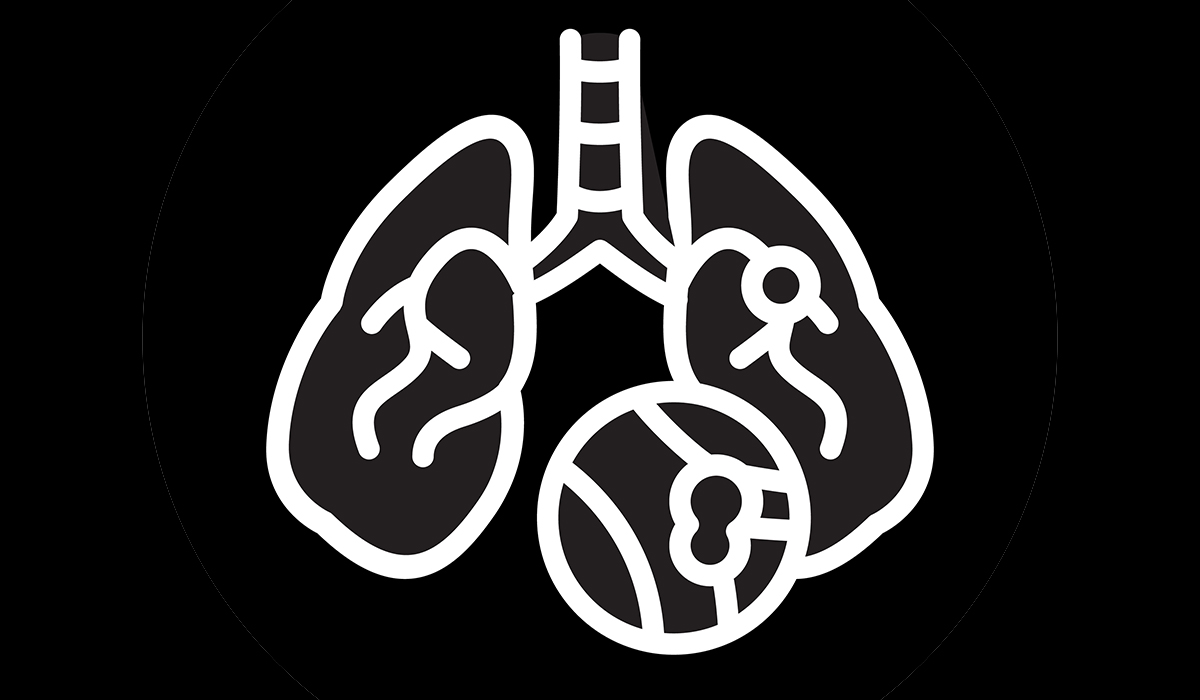
A pulmonary embolism develops when a clump, most often a blood clot, gets stuck inside the lung blood vessel. It… read more »
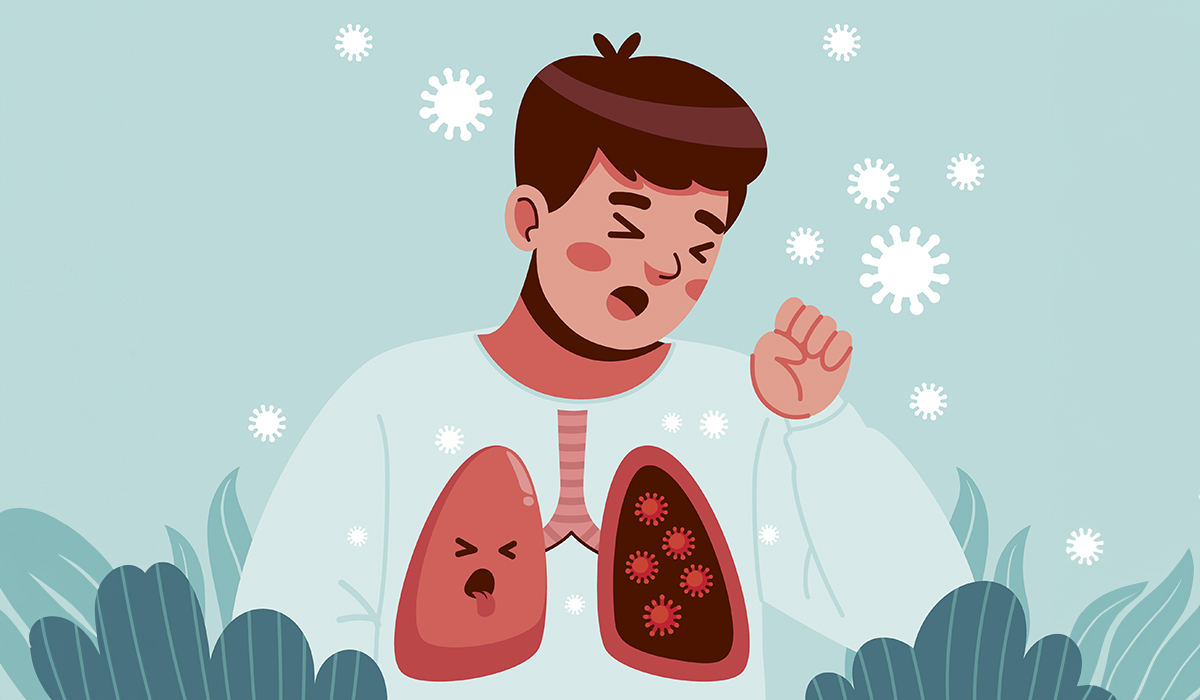
Lung Cancer begins in cells lining breathing entries, regularly starting with bronchial tubes or minor discuss sacs. It may be… read more »

Pneumothorax is a condition that develops as a result of air entering the pleural cavity. What are the causes and… read more »

A pulmonologist is a medical doctor who specializes in diagnosing and treating diseases of the respiratory system, which includes the… read more »

Atelectasis is a lung condition in which parts of the alveoli, tiny air sacks in the lung, lose air. When… read more »
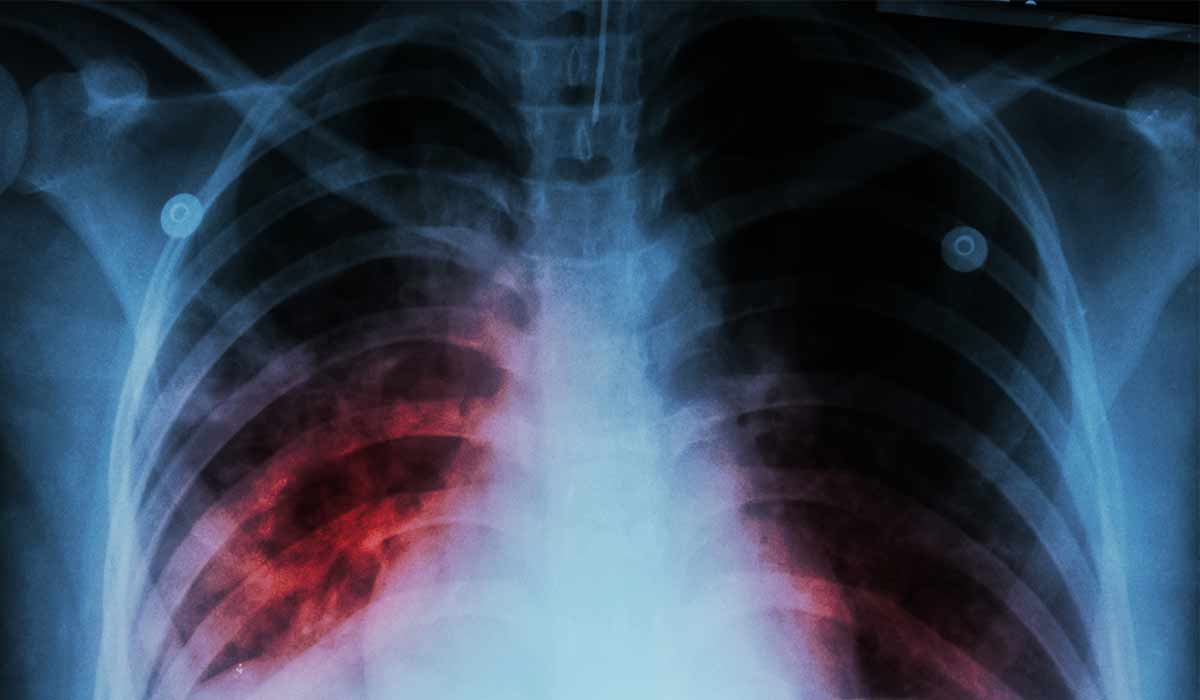
Tuberculosis is an infectious disease caused by mycobacteria. There are many types of tuberculosis with varying symptoms. Learn it all… read more »
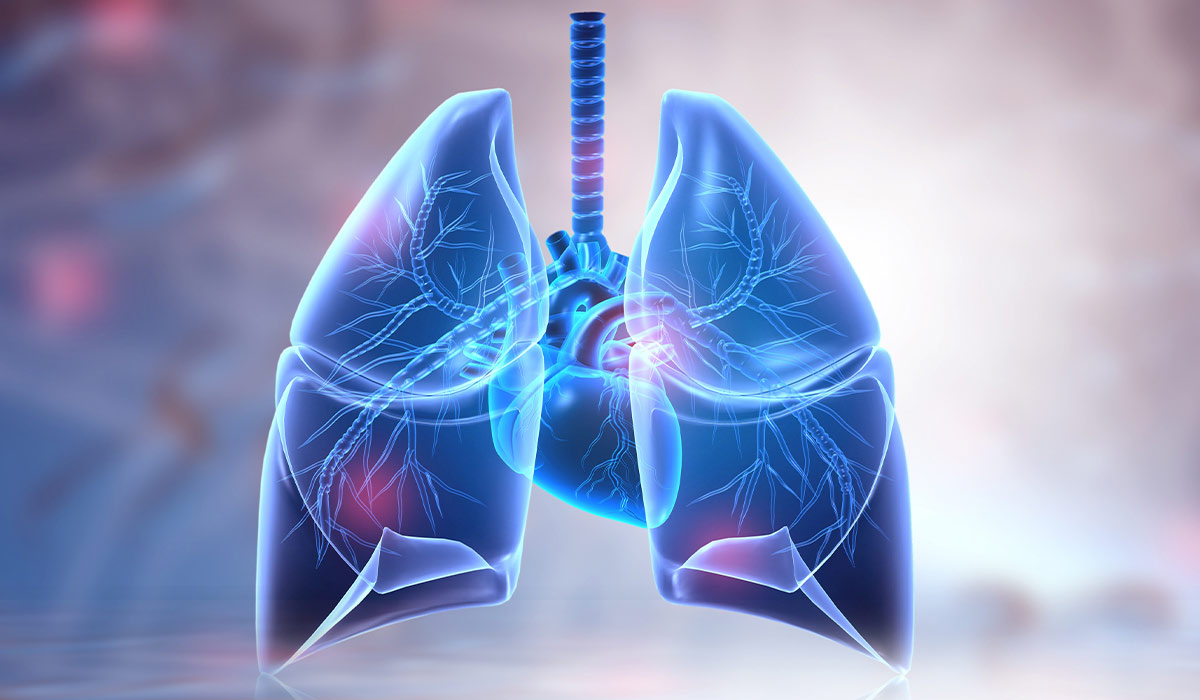
Hypercapnia is a condition in which the partial pressure of carbon dioxide in our blood is increased. This can be… read more »
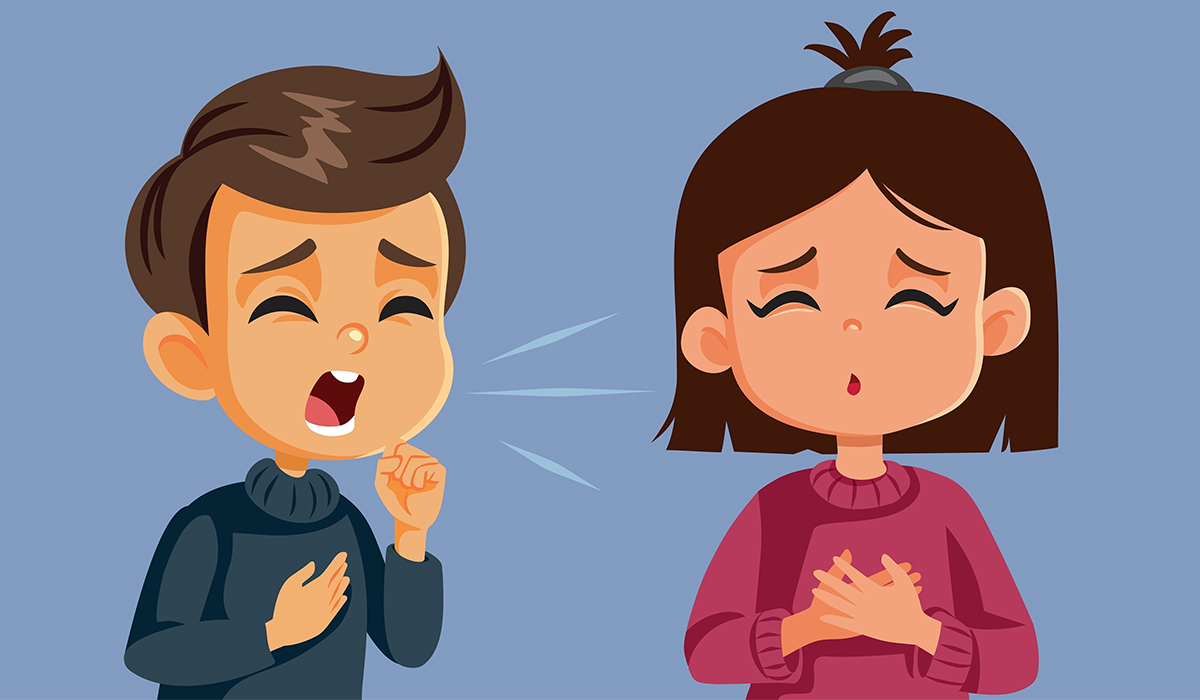
Cough is a natural, necessary reflex that protects the body from factors such as germs and pollens. When it is… read more »